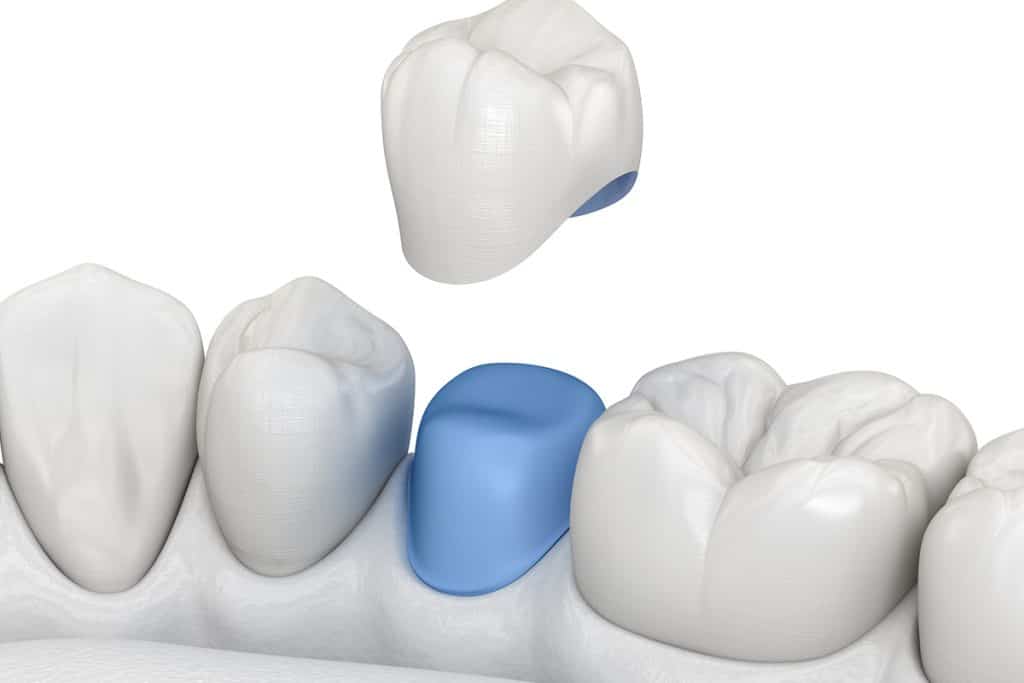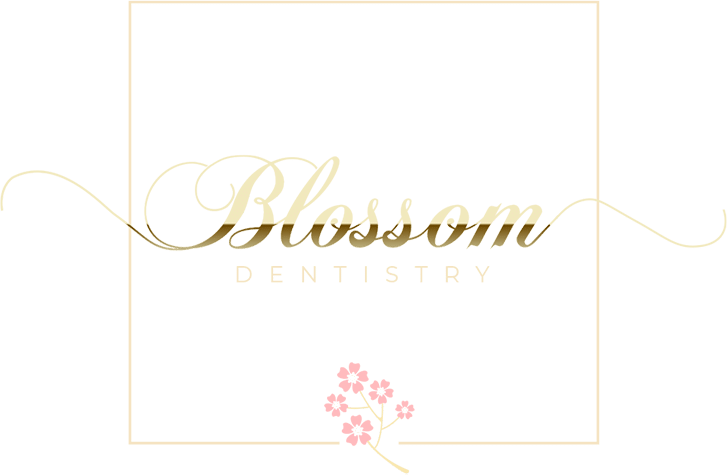Signs You Might Need a Dental Crown Replacement

A dental crown is a durable, long-term solution designed to protect and restore a damaged tooth. On average, a well-maintained crown can last anywhere from 10 to 15 years, and sometimes even longer. However, they are not permanent fixtures. Over time, daily wear and tear from chewing, grinding, or accidental impacts can take a toll.
We understand that it can be easy to forget about a crown once your dentist installs it, but paying attention to your oral health is key to its longevity. Recognizing the early warning signs that a crown may be failing can help you avoid more complex and costly dental issues down the line, ensuring your smile remains healthy and strong.
We help our patients understand that a crown’s lifespan depends on many factors, including oral hygiene habits, the materials used, and the initial reason for the crown. For instance, a crown on a molar endures more chewing force than one on a front tooth. An older crown might show signs of aging that aren't immediately obvious.
Monitoring for specific symptoms and scheduling regular dental check-ups enables us to assess the condition of your restorations. Addressing a problem early with restorative dentistry is always the best approach to maintaining your overall oral wellness.
You're Experiencing Pain or Sensitivity
One of the most apparent signs that something is wrong with your dental crown is discomfort. You might notice a dull, persistent ache around the crowned tooth, or sharp pain when you bite down. Another common symptom is sudden sensitivity to hot or cold temperatures. While some initial sensitivity can be normal right after crown placement, new or worsening sensitivity in a tooth that was previously fine is a red flag. This discomfort could signal a few different problems. The crown may have become loose, cracked, or dislodged, allowing bacteria to seep underneath and irritate the underlying tooth and nerve.
What Causes the Discomfort?
Pain or sensitivity can also indicate that the tooth beneath the crown is developing a new cavity. Because the crown covers the tooth, decay can form along the gum line where the tooth and crown meet. If left untreated, this decay can progress and lead to an infection or abscess. It's also possible that the crown no longer fits correctly due to normal wear, causing an uneven bite that puts pressure on the tooth. A dentist should evaluate any pain associated with a crowned tooth promptly to determine the cause and prevent further damage. We can assess the situation and recommend the best course of action.
Your Gums Are Receding or Inflamed
The health of your gums is directly linked to the success of your dental crown. Pay close attention to the gum line around your crowned tooth. If you notice your gums are pulling away from the crown, creating a visible dark line at the base, it's a sign of gum recession. This recession not only affects the appearance of your smile but also exposes the root of the tooth, making it vulnerable to decay and sensitivity. This issue can sometimes occur as you age, but it can also be a sign that the crown’s margin is irritating the gum tissue or that there is plaque buildup.
Why Healthy Gums Matter
Swollen, red, or bleeding gums around a crown are also clear indicators of a problem. Gum inflammation, or gingivitis, can be caused by a poorly fitting crown that traps food particles and bacteria, allowing them to accumulate and potentially cause further damage. If plaque removal does not happen through daily brushing and flossing, it can harden into tartar, leading to more severe gum disease (periodontitis). Healthy gums should fit snugly around the base of the crown, forming a protective seal. If you notice any changes in your gum tissue, an examination is necessary. We can determine if the crown needs to be adjusted or replaced to restore your gum health.
The Crown Is Visibly Damaged or Worn
A visual inspection of your crown can often reveal if it needs to be replaced. Inspect the porcelain or ceramic material for any chips, cracks, or fractures. Even a small chip can create a rough surface that irritates your tongue or cheek, and it can also weaken the overall structure of the crown, making it more likely to break completely. You may also notice that the crown appears worn down, particularly on the biting surface. This issue is common if you grind your teeth at night (a condition known as bruxism). A worn-down crown can alter your bite alignment, potentially causing jaw pain and affecting neighboring teeth.
Changes in Appearance and Fit
Another visible sign is a change in the crown's color or the appearance of a dark line at the gum line. This line is often the metal foundation of a porcelain-fused-to-metal crown showing through as the gums recede. While not always a medical concern, it can be a cosmetic one for many people. You may also feel that the crown is loose or that your bite feels different. A loose crown is a serious issue, as it creates a space for bacteria to thrive, which can lead to decay in the underlying tooth. If your crown feels unstable, do not ignore it. We can evaluate its fit and determine if a replacement is necessary to protect your tooth.
Let Us Help You Keep Your Smile Healthy
Your dental restorations are a significant investment in your oral health, and ensuring they function properly is our top priority. If you notice pain, gum irritation, or visible damage to your dental crown, it’s crucial to address it without delay. These signs often indicate that the crown is no longer providing the protection your tooth needs. Scheduling a visit with us enables our team to thoroughly assess the situation, diagnose the underlying cause, and recommend the most effective solution. A timely replacement can prevent decay, infection, and more extensive dental work in the future, helping you maintain a comfortable and confident smile for years to come.
Frequently Asked Questions About Restorative Dentistry
How long does a dental crown replacement procedure take?
Replacing a dental crown typically requires two appointments. During the first visit, we carefully remove the old crown, treat any underlying decay, and prepare the tooth for the new restoration. We will then take an impression to create your custom-fit crown and place a temporary crown to protect the tooth. At your second appointment, usually about two weeks later, we remove the temporary one and permanently bond your new, final crown into place, ensuring it fits perfectly.
Is it painful to have a dental crown replaced?
We prioritize your comfort throughout the entire process. The procedure is performed using local anesthesia to numb the tooth and surrounding area, so you should not feel any pain during the treatment. You may experience mild sensitivity or soreness in your gums for a few days after the appointment, but this discomfort is temporary, and you can manage it with over-the-counter pain relievers. We are here to ensure your experience is as comfortable and stress-free as possible.
At Blossom Dentistry, we take pride in providing compassionate and comprehensive dental care to our patients in Washington, D.C. As a member of the American Academy of Cosmetic Dentistry Dr Sahrai combines superior aesthetics and advanced technology with a gentle touch to help you and your family achieve and maintain beautiful, healthy smiles. If you have any concerns about your dental health or are ready to schedule an appointment, please don't hesitate to contact us.
